SetonixSynth Boing! Handleiding
SetonixSynth
Niet gecategoriseerd
Boing!
Bekijk gratis de handleiding van SetonixSynth Boing! (3 pagina’s), behorend tot de categorie Niet gecategoriseerd. Deze gids werd als nuttig beoordeeld door 280 mensen en kreeg gemiddeld 4.5 sterren uit 140.5 reviews. Heb je een vraag over SetonixSynth Boing! of wil je andere gebruikers van dit product iets vragen? Stel een vraag
Pagina 1/3

Boing! Discrete Transistor Low Pass Gate User’s Manual
Copyright 2021 SetonixSynth. All rights reserved.
Updated November 2021

Hello and thank you for using the Boing! Discrete Transistor Low Pass Gate. We hope you will find its
tones most pleasing!
1. Connecting your Boing!
Use a typical 10-16-pin Eurorack ribbon power cable to connect the rear header of your Boing! to your
Eurorack case's power bus. The -12V (red stripe) side of the ribbon cable must be aligned with the white
silkscreen indicator stripe for proper use. This module is reverse diode protected, but it is still not
recommended that you plug it in backwards to see what happens.
2. Theory of Operation
The Boing! Discrete Transistor LPG was conceived and designed with two things in mind: we loved the
sound of discrete transistor gain stages such as those found in the Moog CP3 and Buchla Model 106
mixers, and we also loved the sound of simple passive LPG modules such as the PassiVac and Meng Qi
DPLPG. Why not combine them?
Well, there are a few reasons! Given the advent and development of op-amps and OTA’s, transistors offer
a less precise and linear way to provide amplification or process Control Voltage, and Low Pass Gates
process the frequency spectrum less unevenly (low frequency will always pass through more than high)
than a modern “clean” amplifier.These circuits also operate between +12V and Ground, which is half the
headroom of an op-amp powered with a bipolar supply. If the amplified signal exceeds about +10V at any
stage, clipping will occur. Vactrols, or in this case LEDs facing Light-Dependent-Resistors, have a distinct
“lag” behind their controlling signal.
However, the ear hears what it likes, and it distortion, Vactrol lag, and the sound of filters openinglikes
and closing completely. Together with an inverted feedback loop which can tame some of the wilder
harmonics introduced by the various stages, these elements offer new ways to process sound, distinct
from other Low Pass Gate designs, and can consistently offer up new and exciting sounds each time it’s
patched.
The Boing! operates like a typical Low Pass Filter in most regards: it has one Audio Input and one Audio
Output, and the signal present at the Output will represent a modified version of the Input. The knob
labeled "Offset," Control Voltage present at the "CV In" jack (attenuated via the "CV Atten" knob), and
Triggers or Gates sent to the jack labeled "Hit!" will all influence the filter's cutoff frequency. Early builds of
this module will require a +10V gate or trigger to significantly “ping” the LED, while any built post-October
2021 will work well with +5V.
Negative control voltage can be used to influence the control LEDs as well in combination with the Offset
knob. Finally, the knob labeled "Damping" introduces a phase-inverted signal to the first filter stage which
changes the filter's timbre.
In the case of the Boing!, filtration is being done by one or two Light-Dependent Resistors configured as
Low Pass Filters, depending on the position of the Switch: "1-Order" indicates one stage of Low Pass
Filter, while "2-Order" indicates two stages. The LDRs determining the cutoff of each stage are controlled

by optically coupled LEDs which in turn are controlled by the "CV" input, "Hit!" trigger input, and "Offset"
knob, forming what is commonly known as a Vactrol. As is characteristic of LDRs, this filter's response to
CV relative to its frequency sweep will be less linear than a "typical" active filter, though in the case of the
Boing! measures have been taken to improve this over regular passive LPGs.
A note on distortion in the Boing!: the sonic characteristics of this module are heavily influenced by the
two JFET transistor-based amplification circuits on the input and output of the filter stages. These
single-supply amplifiers are significantly less “clean” than more modern op-amp-based solutions. They will
introduce significant clipping to a traditional Eurorack-level input, i.e. 10Vpp, and break up entirely as the
input level approaches approximately 16Vpp. Users wishing to achieve anything close to a “clean” sound
with the Boing! will need to attenuate the input signal and amplify the output signal using external
module(s).
3. Patch Ideas
"Buchla Bongo"
Turn Offset fully CCW and set switch to "2-Order." Patch a sine or triangle wave VCO into the Audio In
and send a short, fast-attack envelope to the CV Input and trigger input simultaneously. Adjust Damping
to modify harmonic level. Optional: if your VCO has a hard-sync, send your envelope or a synced trigger
to the Sync input to reset the phase with each Bongo hit.
"Vactrol Compression"
Turn Offset fully CW, Feedback fully CCW and set switch to "2-Order." Patch audio signal into Audio In
and an envelope follower. Invert output of envelope follower using a CV processor and patch to "CV In"
and use CV Atten to adjust amount of compression/ducking.
“Moving-Membrane Drum”
Patch an oscillator into the Audio Input and monitor the output. Send a repeating trigger or trigger pattern
into the “Hit!” input and feed an LFO or sample and hold into the CV input. (This works especially well with
bipolar CV input.) Attenuate the CV input and adjust the Offset to taste.
These are but three ideas, and many other delightful sounds can also be achieved through a thorough
exploration of the module. We hope that the Boing! can help to bridge the gap between the delightful
immediacy of a passive Low Pass Gate and the expanded tonal possibilities of more sophisticated filters.
Enjoy!
Product specificaties
| Merk: | SetonixSynth |
| Categorie: | Niet gecategoriseerd |
| Model: | Boing! |
Heb je hulp nodig?
Als je hulp nodig hebt met SetonixSynth Boing! stel dan hieronder een vraag en andere gebruikers zullen je antwoorden
Handleiding Niet gecategoriseerd SetonixSynth

3 Maart 2025

3 Maart 2025

3 Maart 2025

8 Juli 2023

5 Juli 2023

4 Juli 2023

2 Juli 2023

30 Juni 2023

25 Juni 2023

24 Juni 2023
Handleiding Niet gecategoriseerd
- Lumu
- MIDI Solutions
- PulseAudio
- Fanatec
- Aroma
- Doro
- BC Acoustique
- Bellelli
- Volteno
- POLARIS
- X-Lite
- Digital Forecast
- Fluidmaster
- SiriusXM
- Plustek
Nieuwste handleidingen voor Niet gecategoriseerd
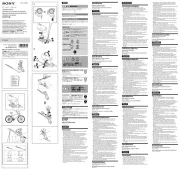
16 September 2025
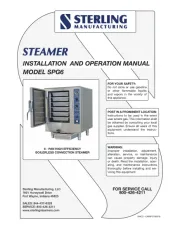
16 September 2025

16 September 2025
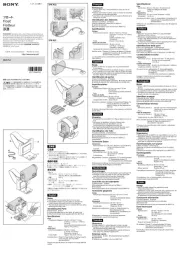
16 September 2025
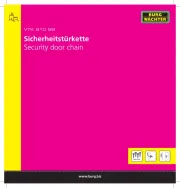
16 September 2025
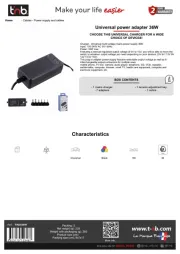
16 September 2025

16 September 2025
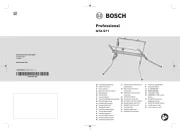
16 September 2025
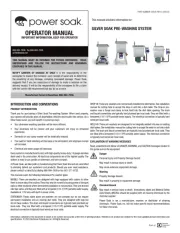
16 September 2025
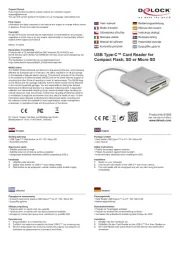
16 September 2025